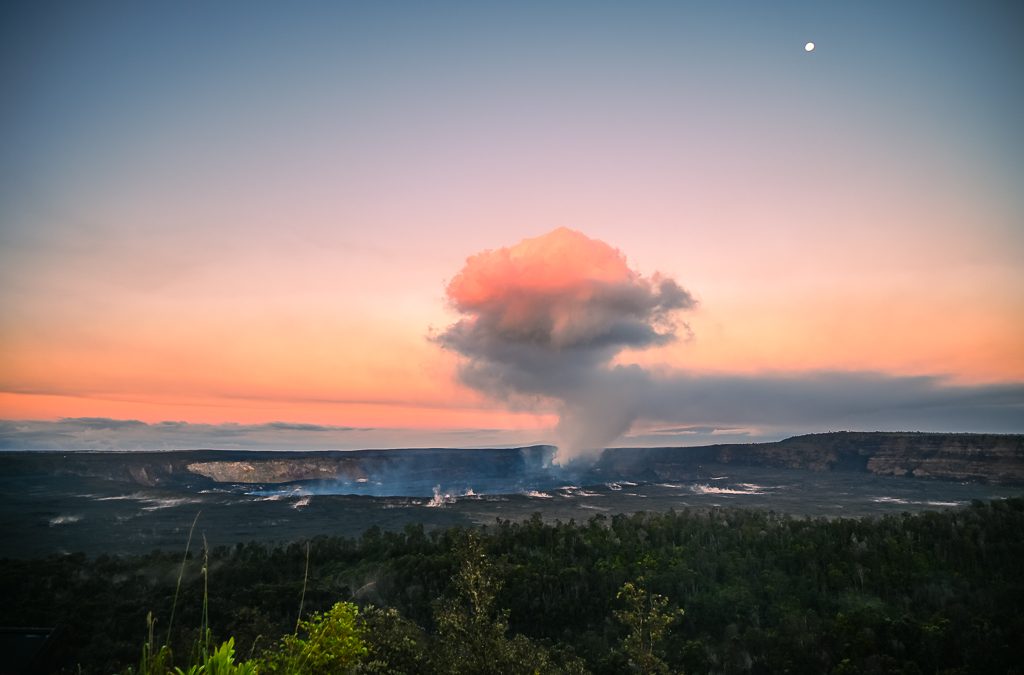Learning to Love Hawaii
First Impressions from Afar
August 2025: When I hit my 100-country milestone in my early 30s, I remember someone asking if I had ever been to Hawaii. My answer — no — left them shocked. How could I have seen so much of the world and never set foot in America’s Pacific paradise?
But to me, Hawaii had always felt like a place for other people’s dreams. Growing up in the Midwest, it was the ultimate vacation spot for many families I knew — but the version I pictured was one of mega-resorts, manicured golf courses, and tourists in matching aloha shirts. I saw it as a playground built at the expense of Native Hawaiian land and culture. And so, I never felt drawn to it.
When Kauai Changed Everything
That perception began to shift after I finally visited Kauai. Hiking and camping along the Kalalau Trail, I discovered the raw and untamed side of the islands: jagged cliffs plunging into turquoise seas, hidden beaches, and the wild beauty of the Nā Pali Coast. It was a revelation — a Hawaii far different from the postcard resorts I had once dismissed.
The Big Island — Where Fire Meets Sea
Years later, for Indie’s second birthday, we set out to explore the Big Island. Like Kauai, I knew it offered incredible natural beauty — but it also promised something even more extraordinary: active volcanoes. In the last year alone, they had been erupting on an almost biweekly basis, sometimes sending lava fountains a thousand feet into the sky. That raw, unpredictable energy of the Earth was something I couldn’t pass up.
Here, volcanoes soar above 14,000 feet, their slopes draped in cloud forests and rivers of lava rock. On the coast, black-lava beaches stretched for miles, dotted with resting sea turtles. We wandered through misty valleys and visited sacred Hawaiian sites, from Puʻuhonua o Hōnaunau — the Place of Refuge — to the emerald cliffs of Waipiʻo Valley.
Hawaii in the Bigger Polynesian Picture
By then, I had already explored other Polynesian islands — the Marquesas, Samoa, Tonga — each with its own beauty and cultural depth. Yet Hawaii stood apart. It was the most diverse of them all, offering volcanic craters and tropical rainforests, barren lava plains and white-sand beaches. Its history, language, and traditions have influenced far more of the world than most people realize.
Four Days, One Celebration, Endless Memories
In the end, our trip was about more than landscapes. It was about family. For four days and three nights, I celebrated Indie’s birthday with her mom, grandma, and her Filipina titas, discovering a Hawaii that is very much alive — a place of wild beauty, deep history, and a culture that still beats at its heart.
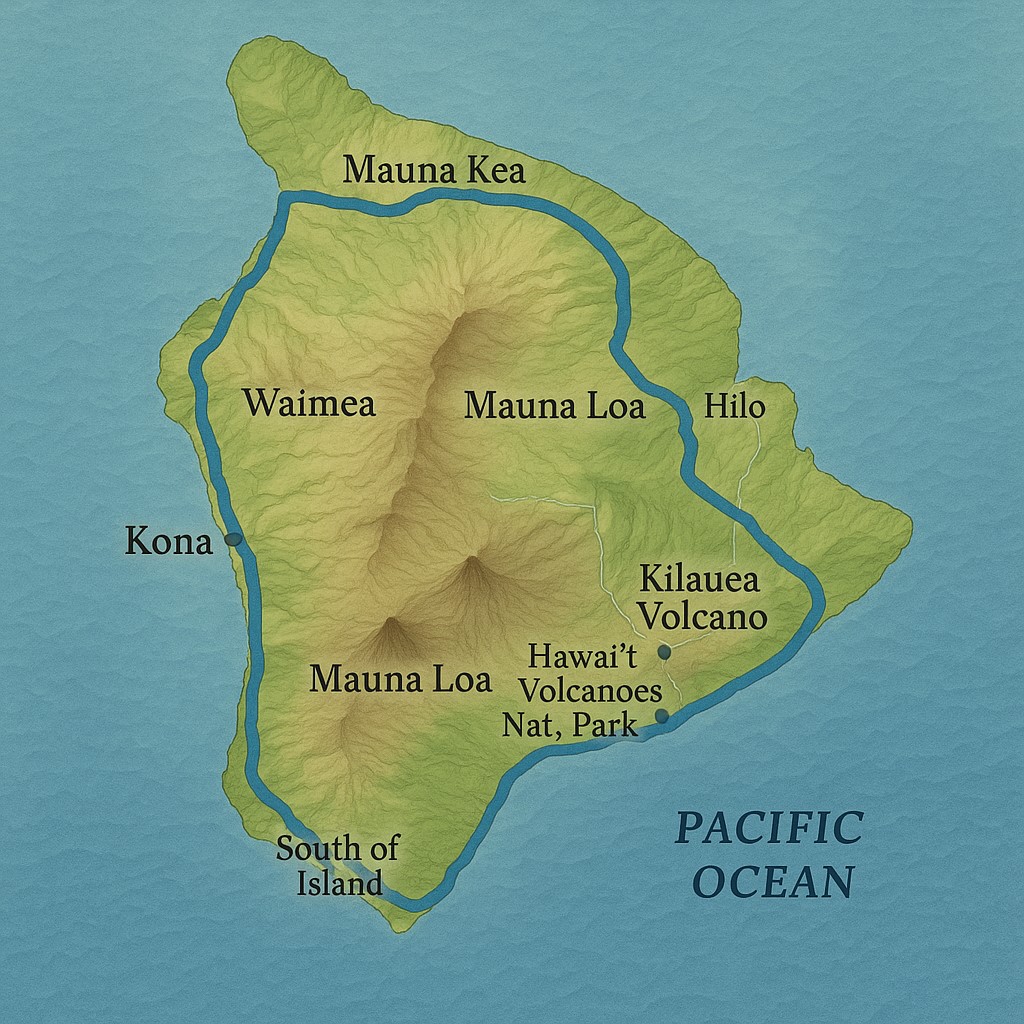
Our driving route on the Big Island
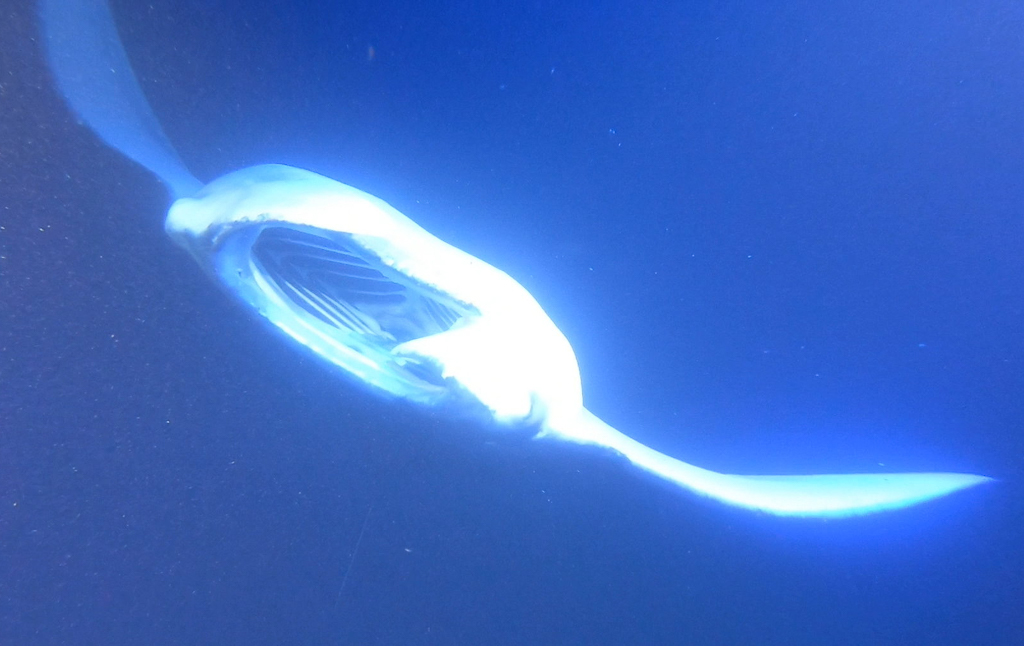
A manta ray that emerged beneath us
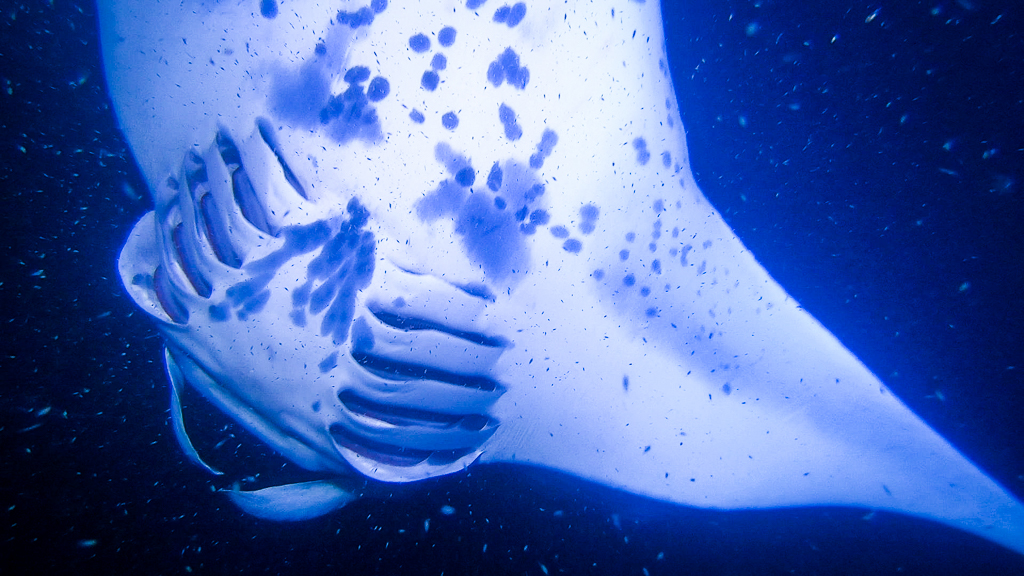
Manta Ray Acrobatics
Video of our night with giant manta rays
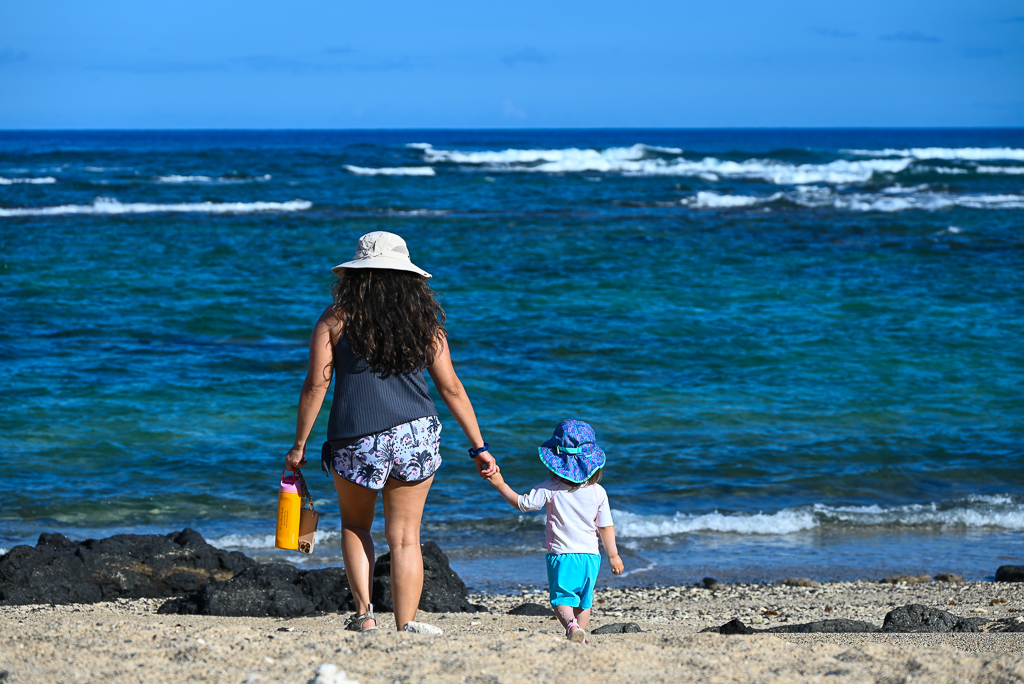
Mahaiʻula Beach
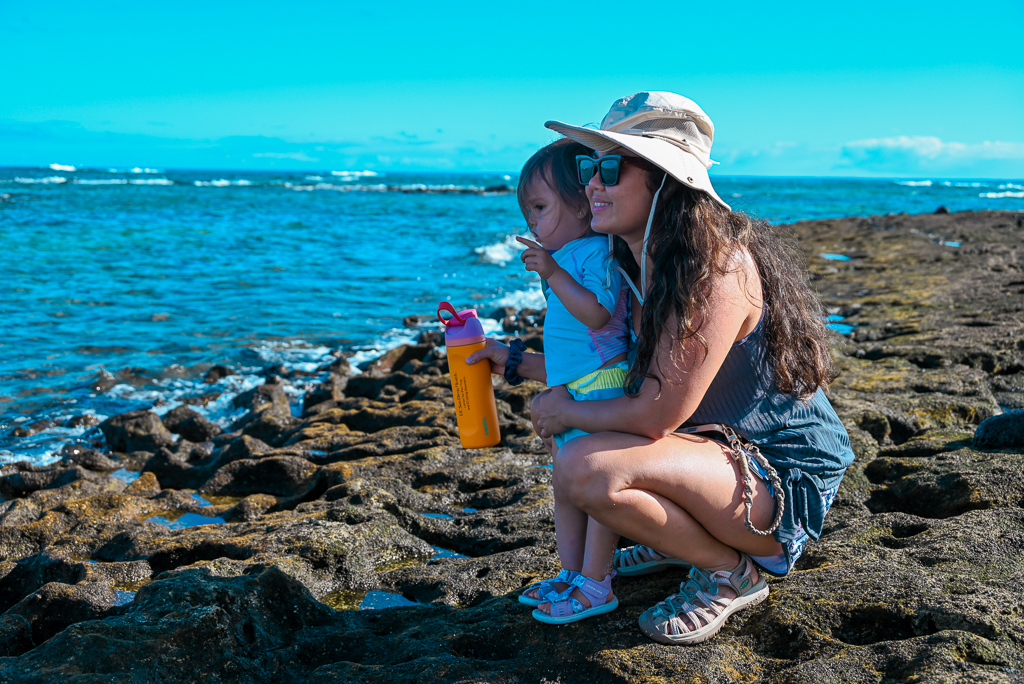
Mahaiʻula Beach
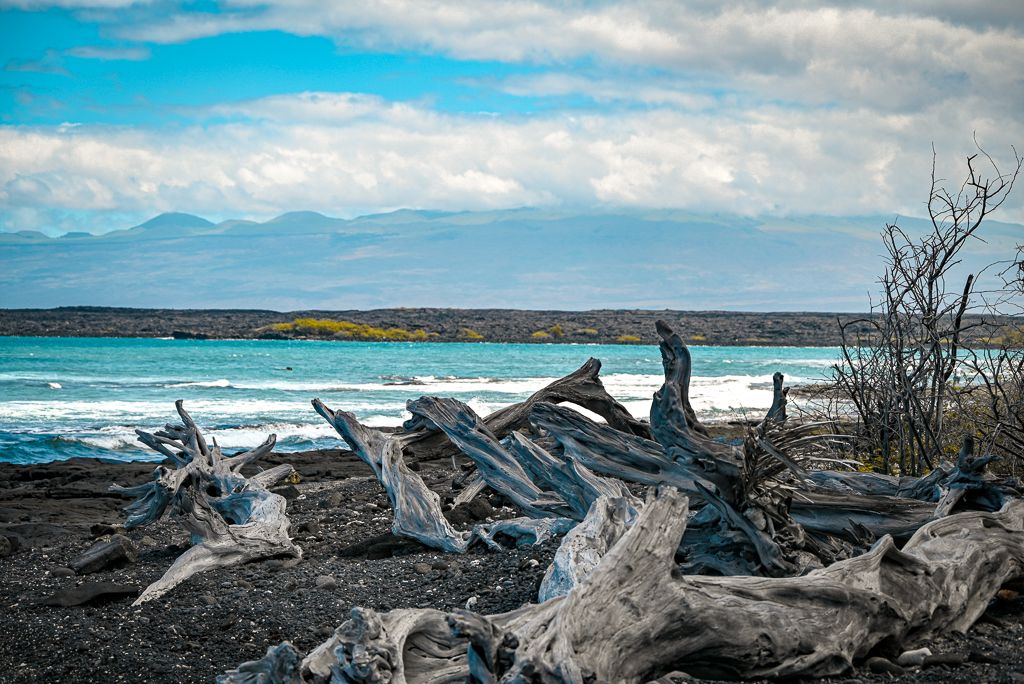
Kīholo Bay
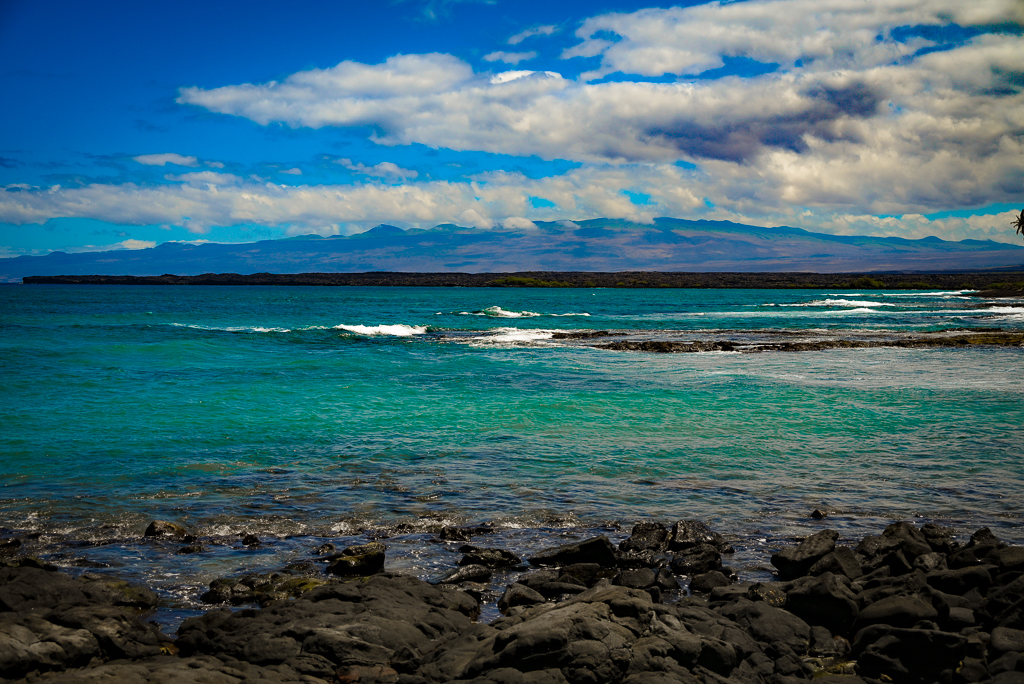
Kīholo Bay
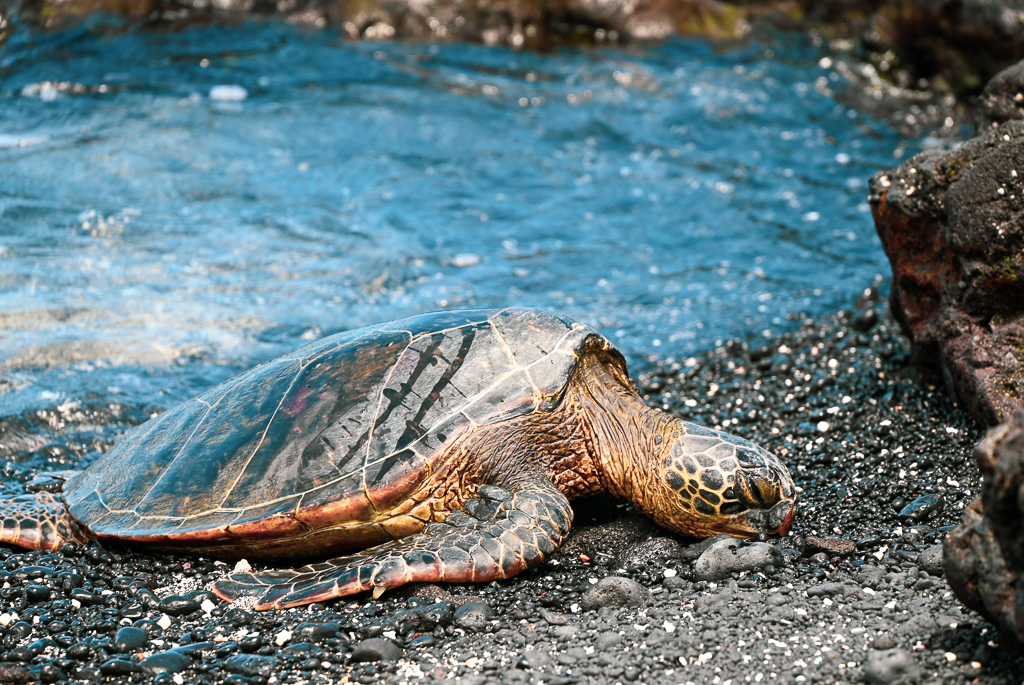
Kīholo Bay sea turtle
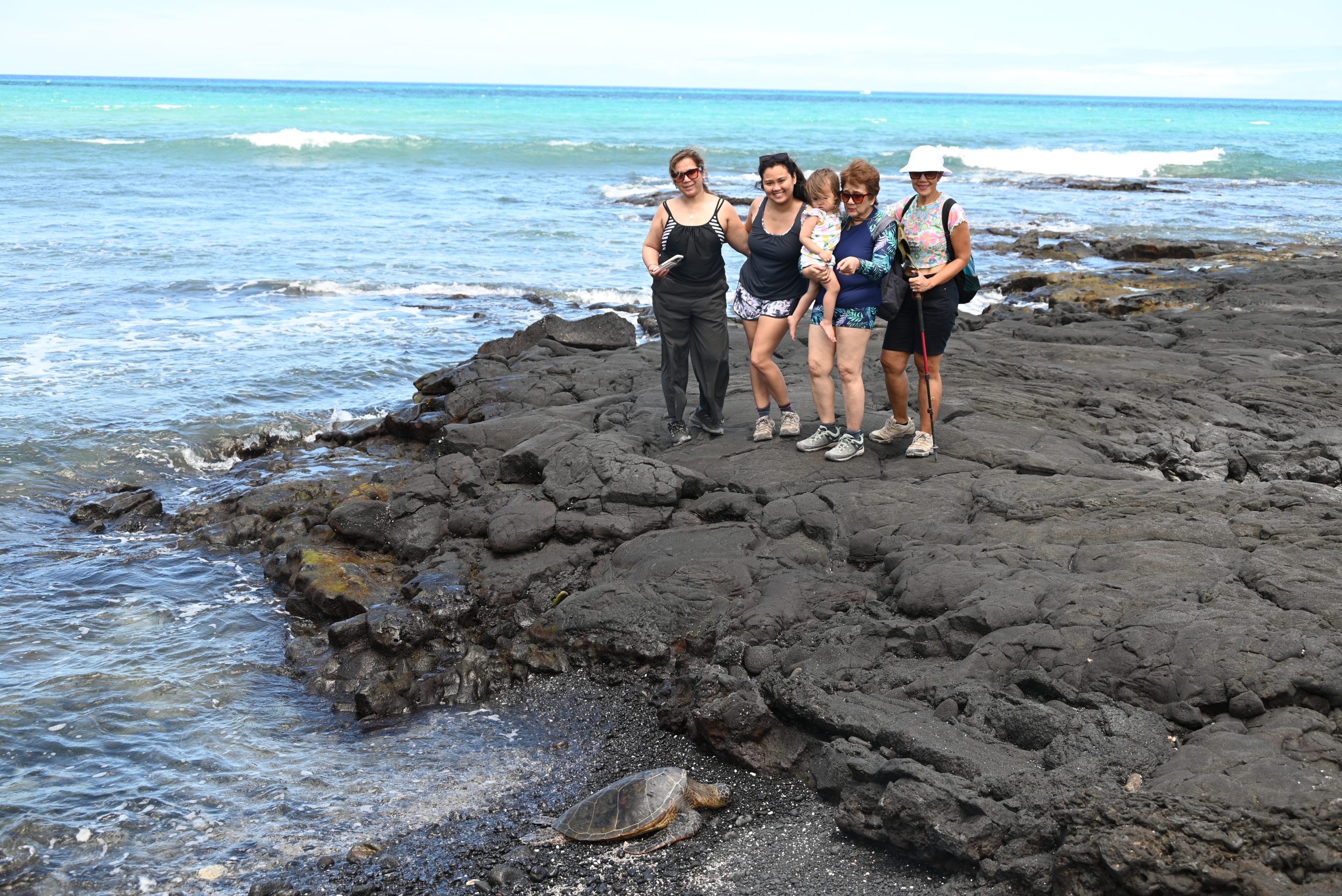
Group posing behind sea turtle
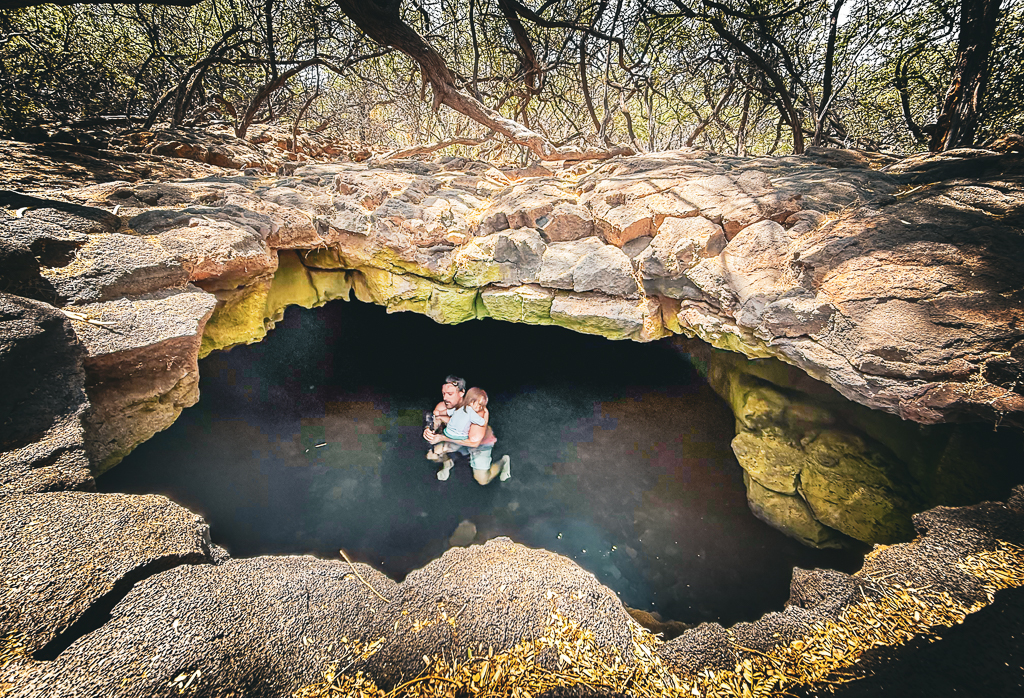
Indie and I in a lava tube freshwater spring-Queens Bath, Kīholo Bay
Indie and I in a lava tube freshwater spring-Queens Bath, Kīholo Bay
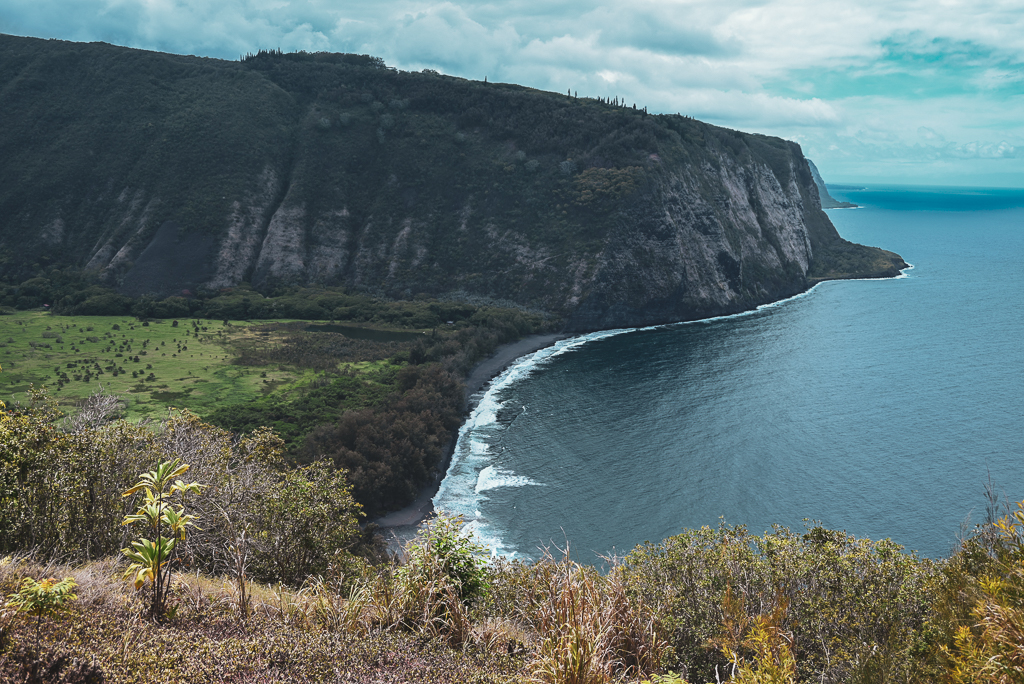
Waipu Valley
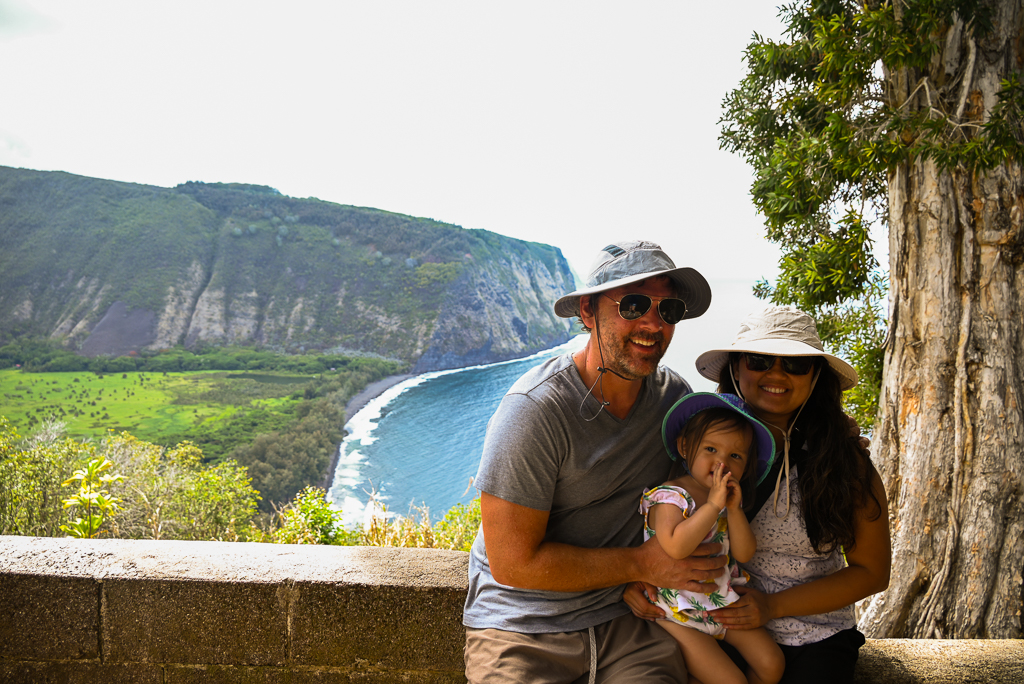
Family Photo at Waipu Valley
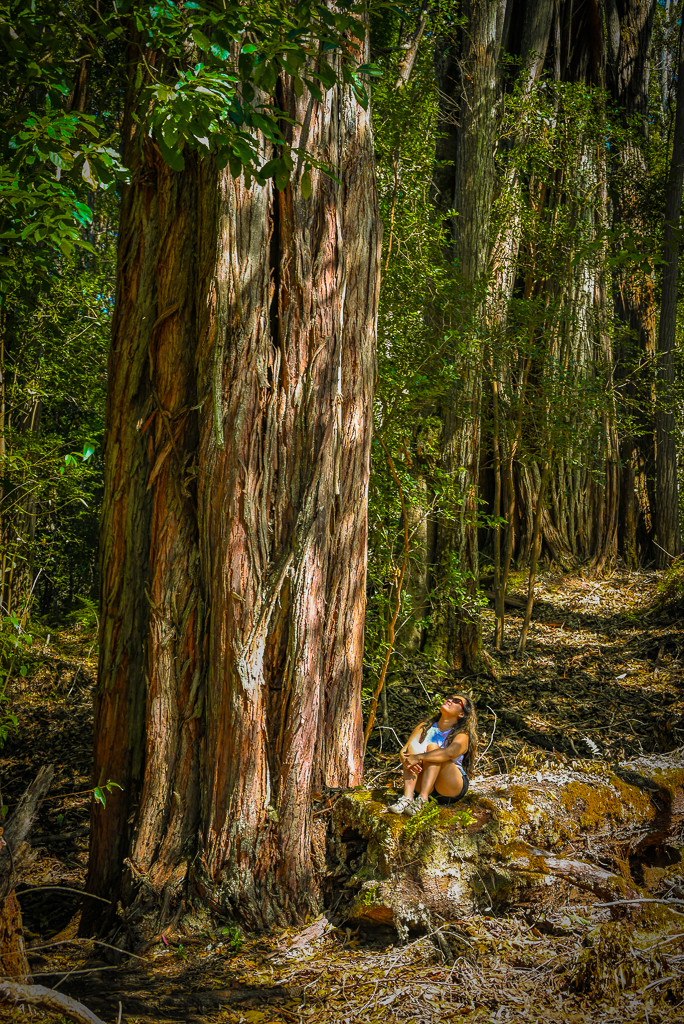
Paula by a forest giant/Kalōpā State Recreation Area
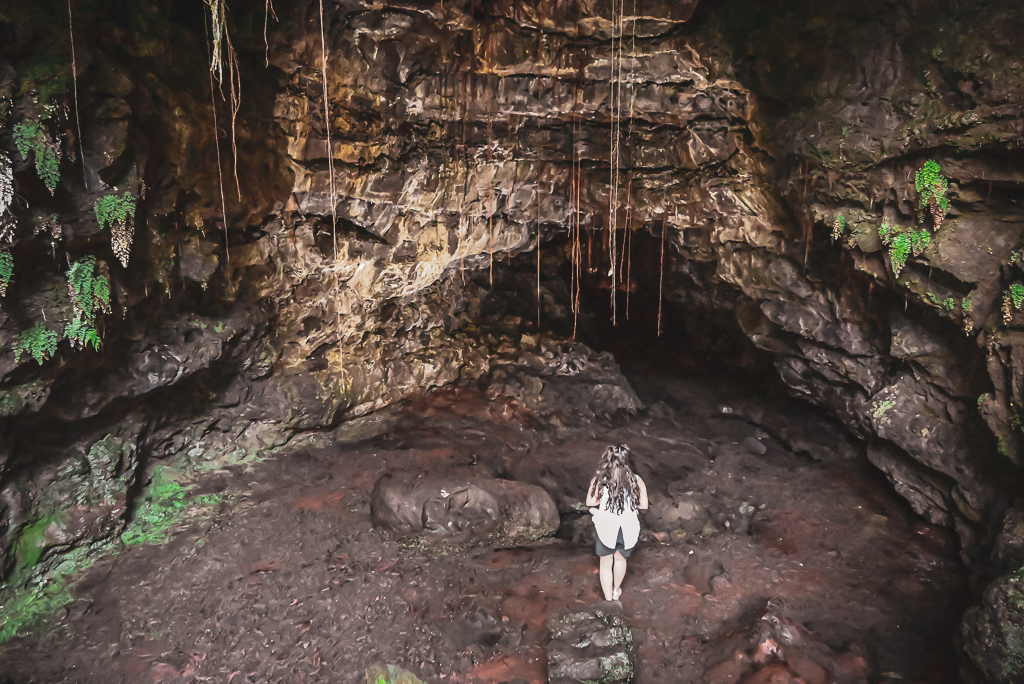
Kaumana Lava Caves
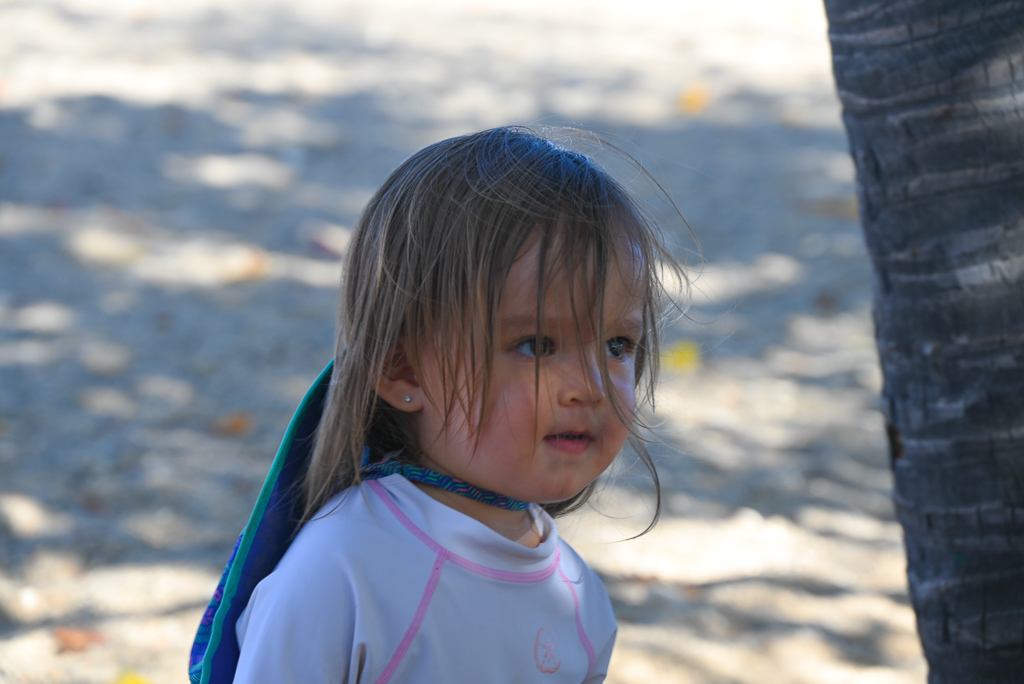
Indie at Two Step beach
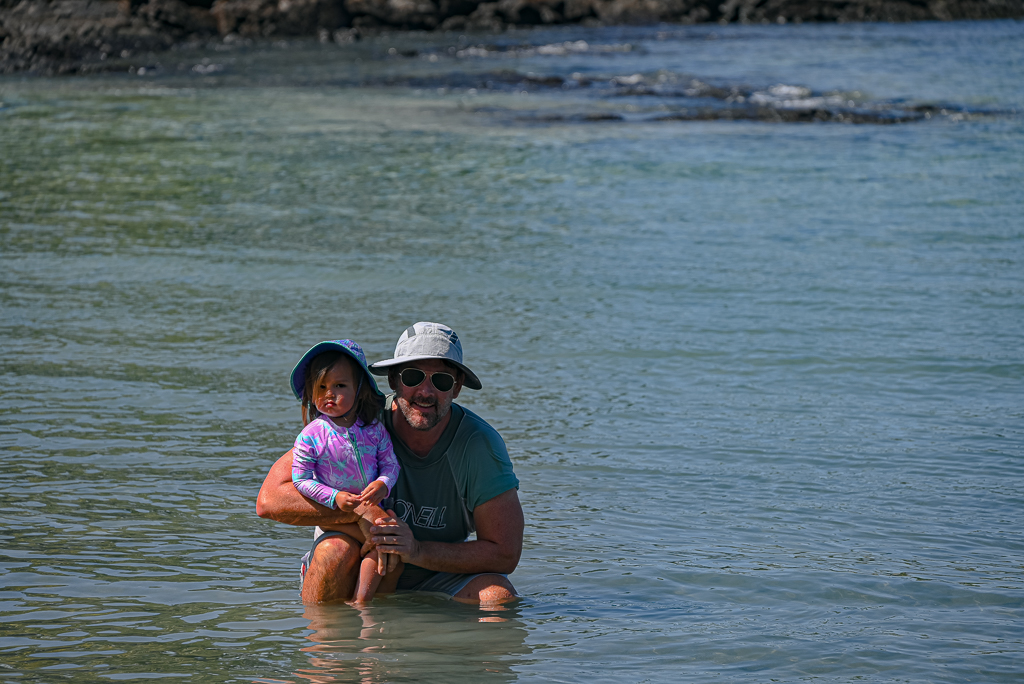
Indie and I swimming at Two Step Beach
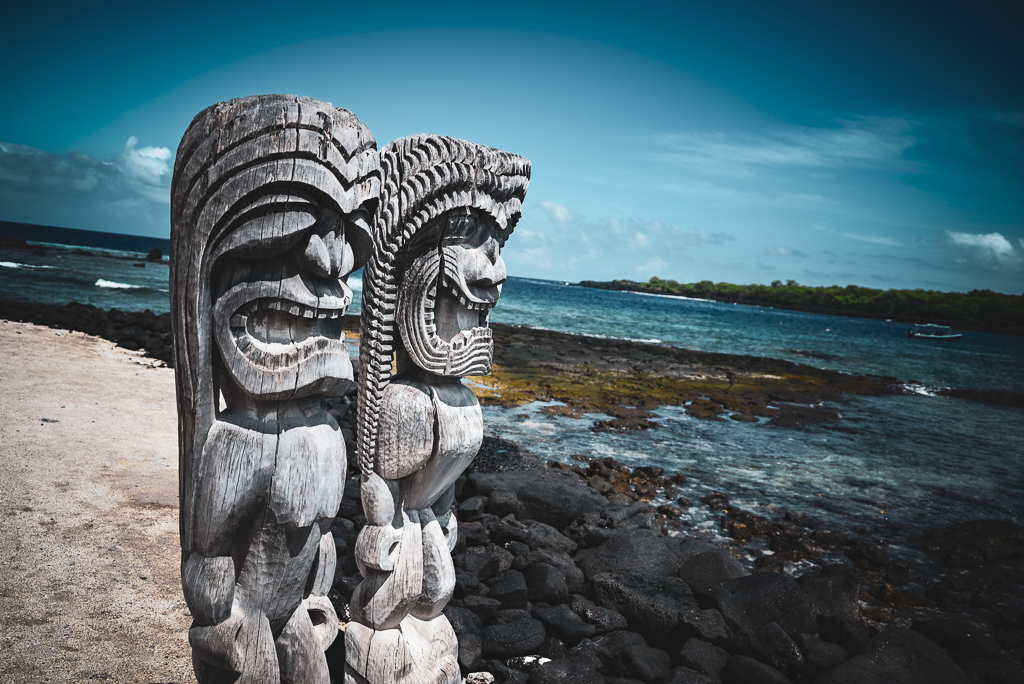
Puʻuhonua o Hōnaunau National Historical Park
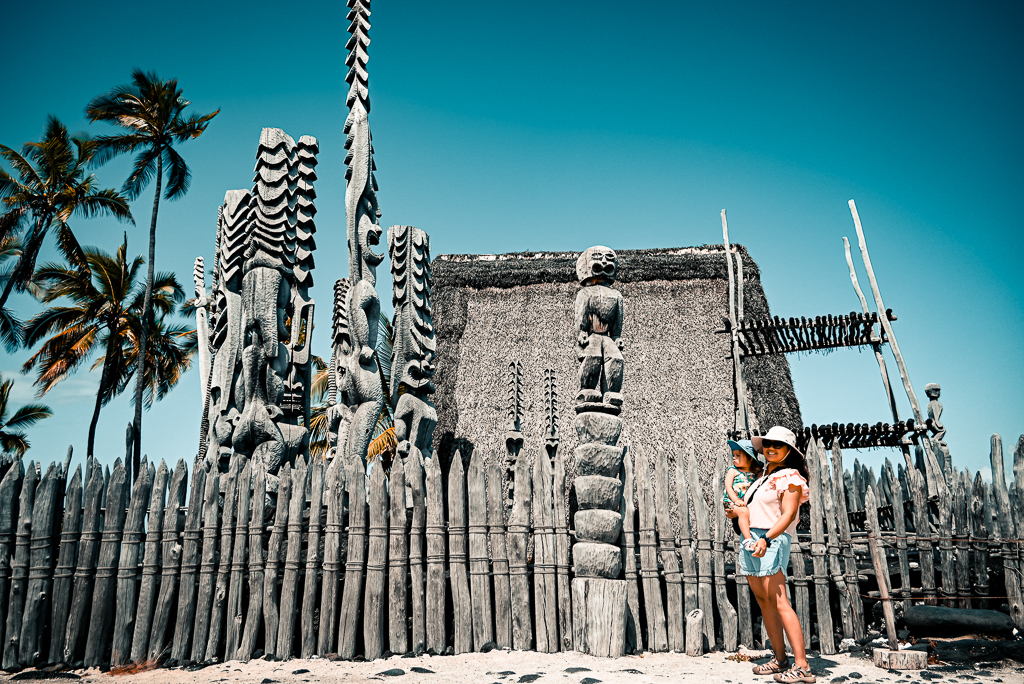
Puʻuhonua o Hōnaunau National Historical Park
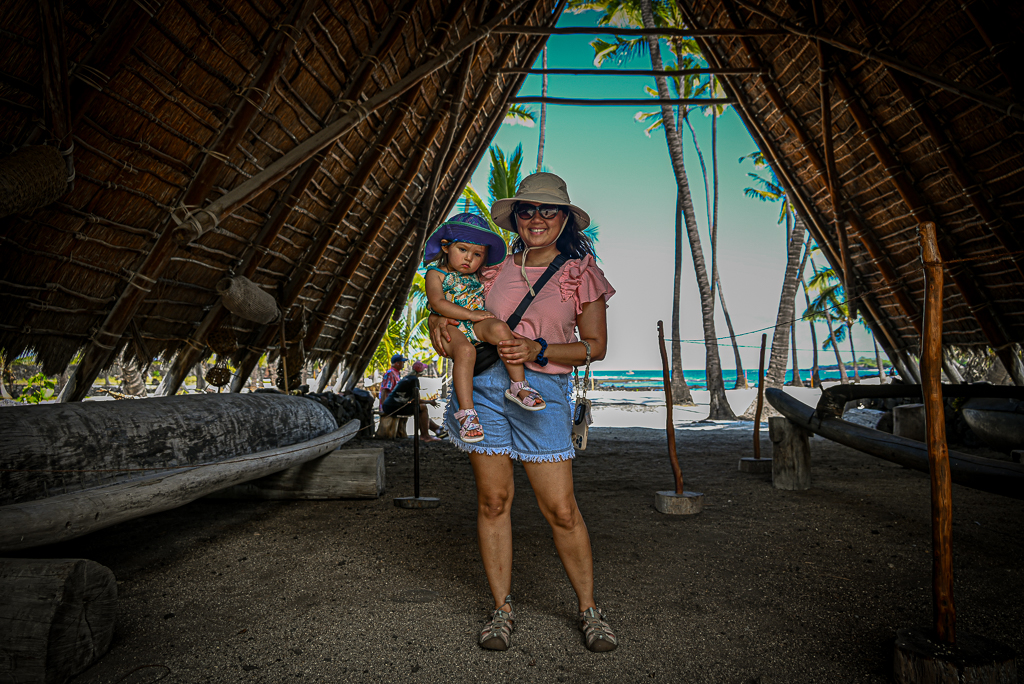
Puʻuhonua o Hōnaunau National Historical Park
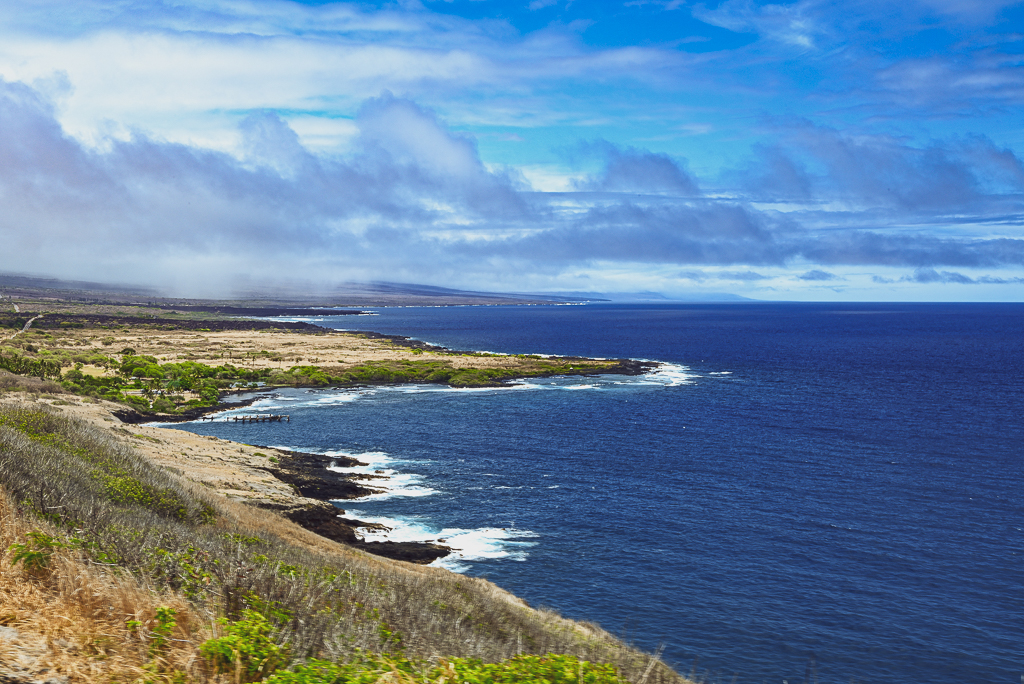
Southern coast
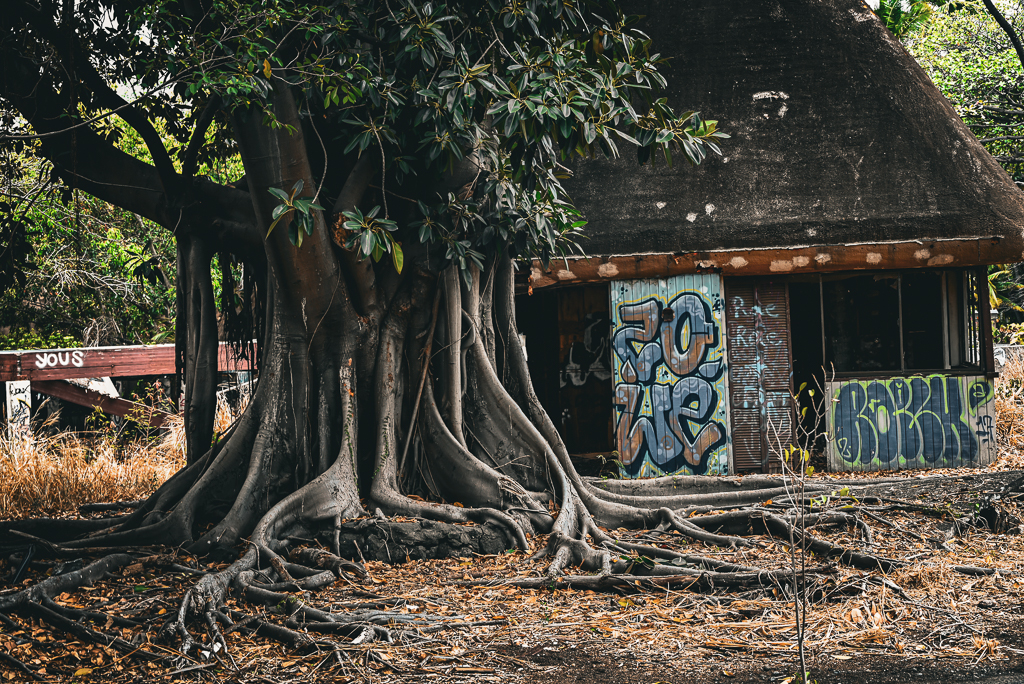
A tsunami destroyed abandoned Sea Mountain Hotel
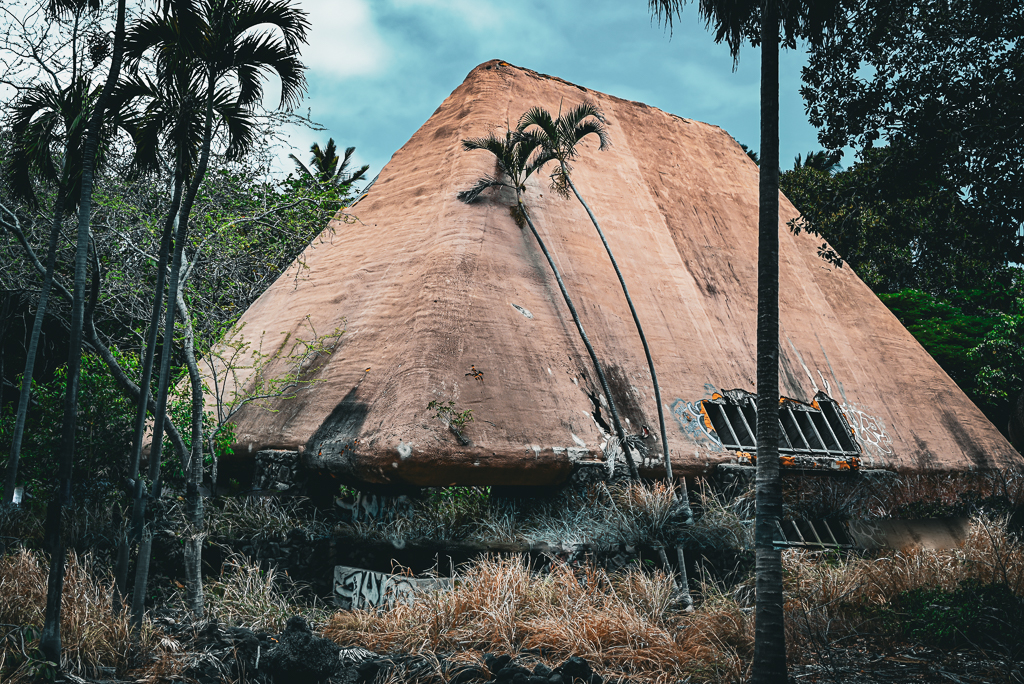
A tsunami destroyed abandoned Sea Mountain Hotel
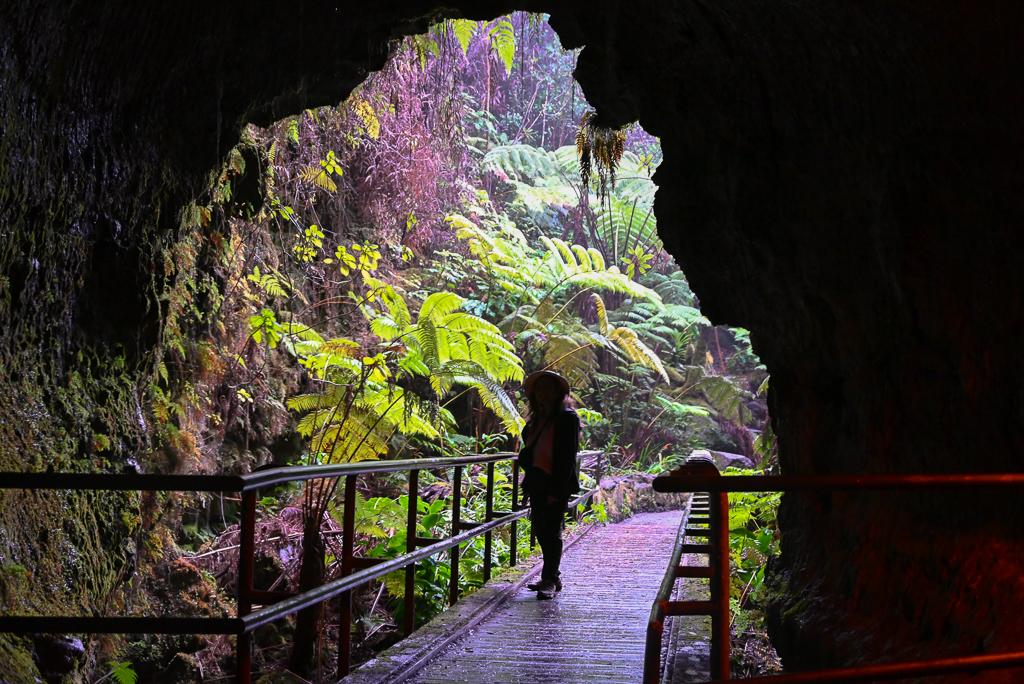
Thurston Lava Tube
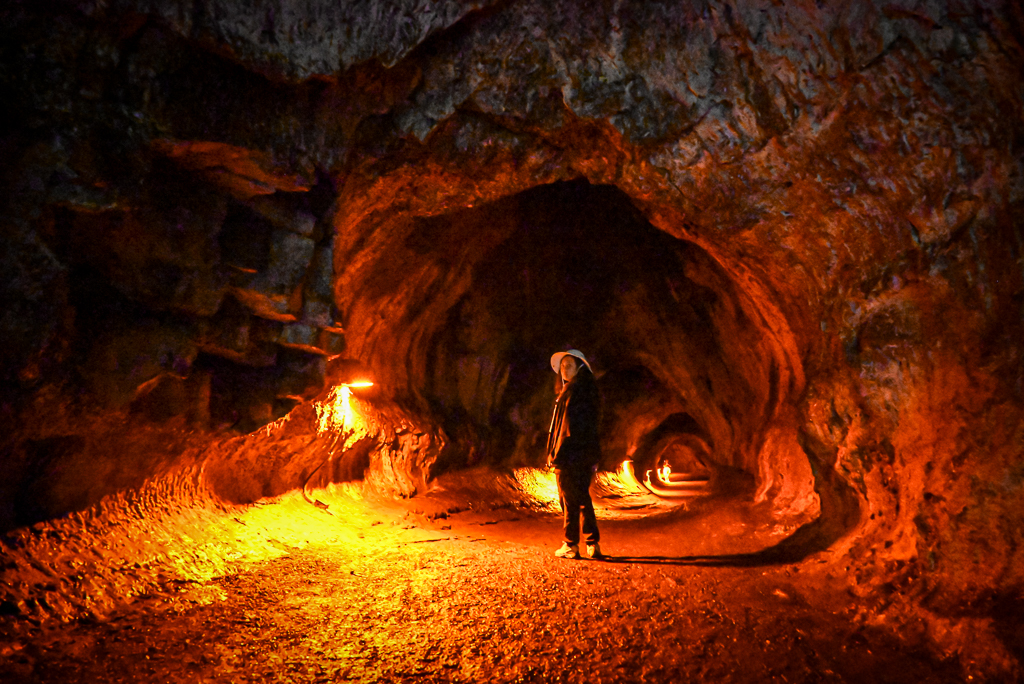
Thurston lava Tube
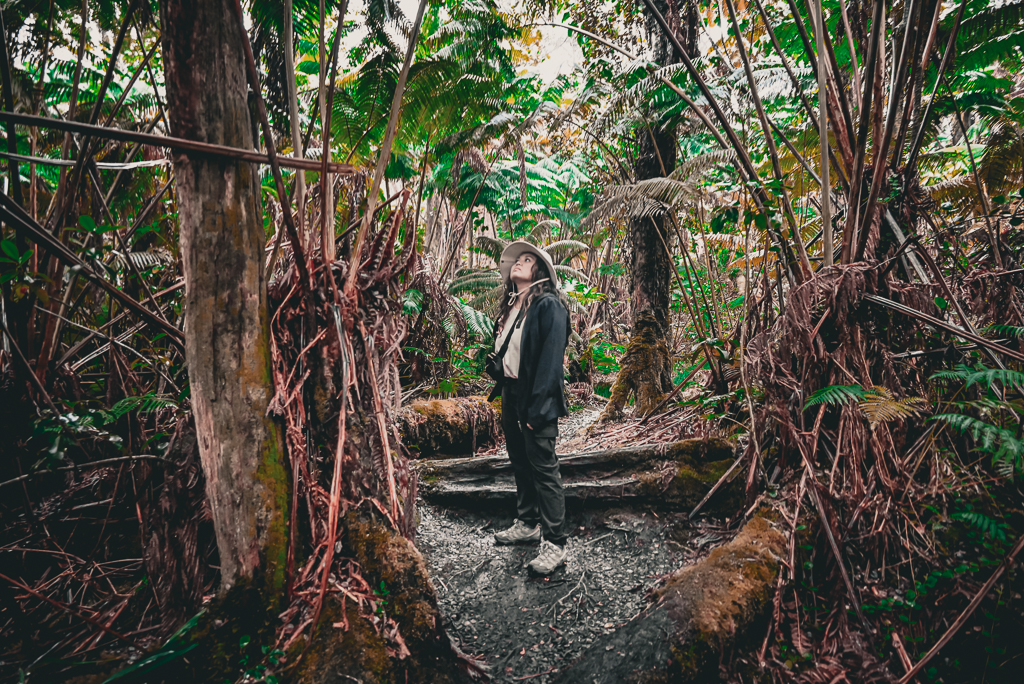
Cloud Forest of Hawaii Volcanoes National Park
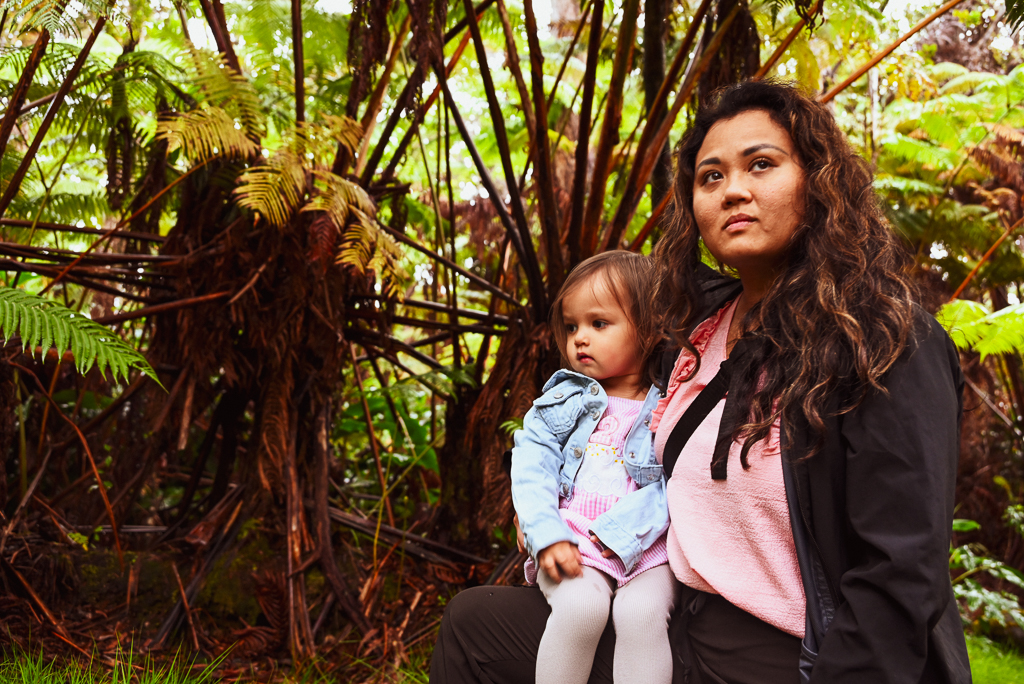
Cloud Forest of Hawaii Volcanoes National Park
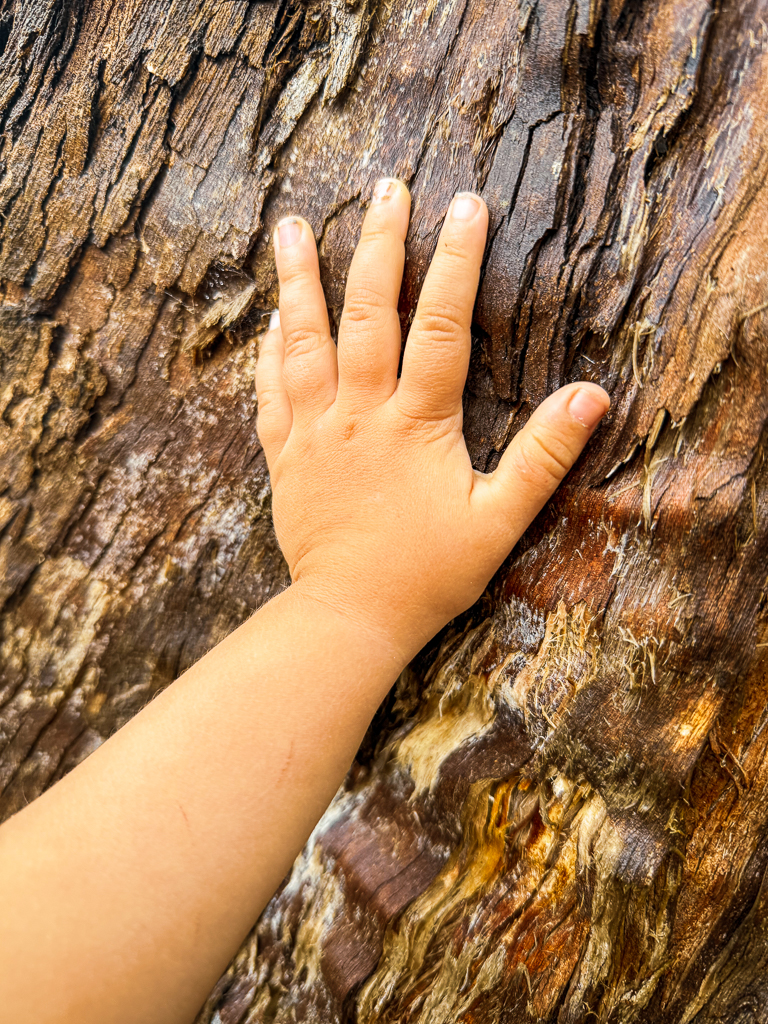
Indie’s hand on a giant tree, Cloud Forest of Hawaii Volcanoes National Park
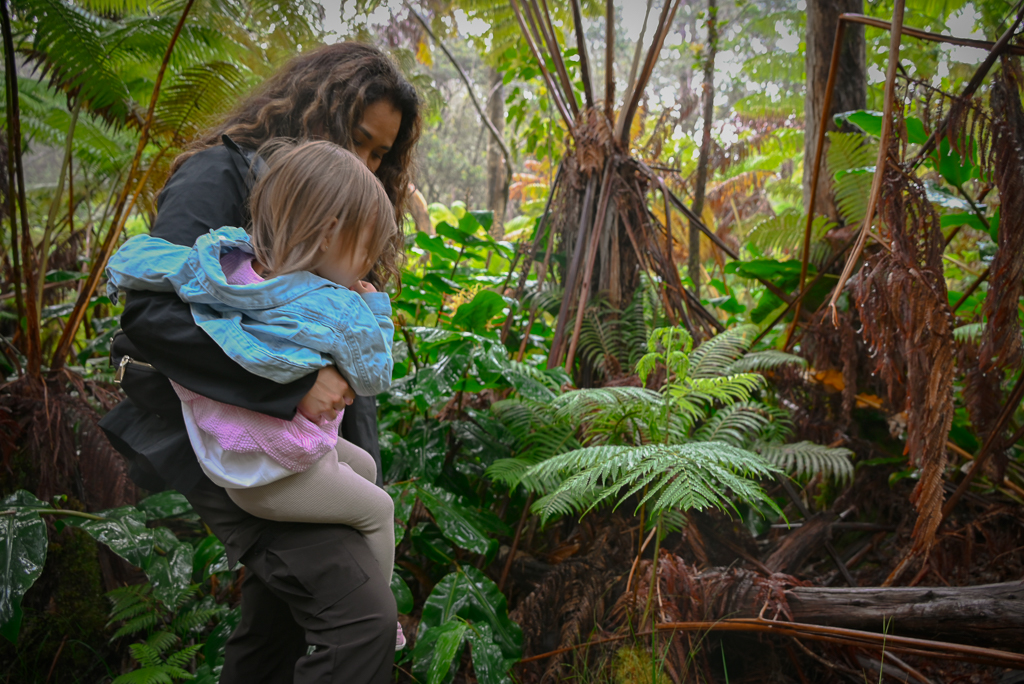
Cloud Forest of Hawaii Volcanoes National Park
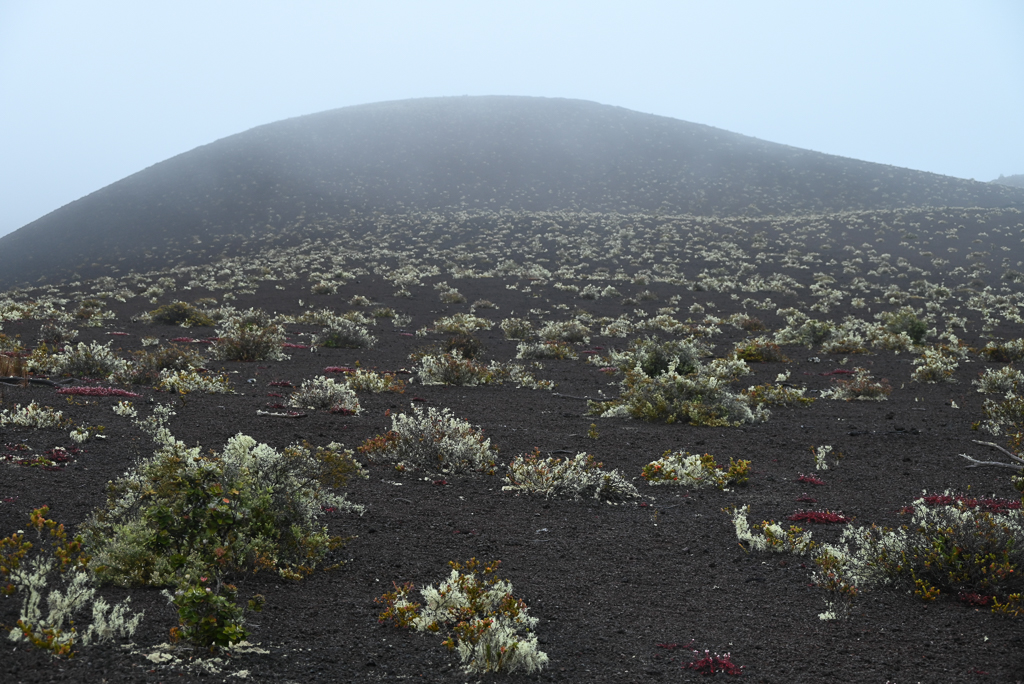
Hike through an area of volcanic devastation
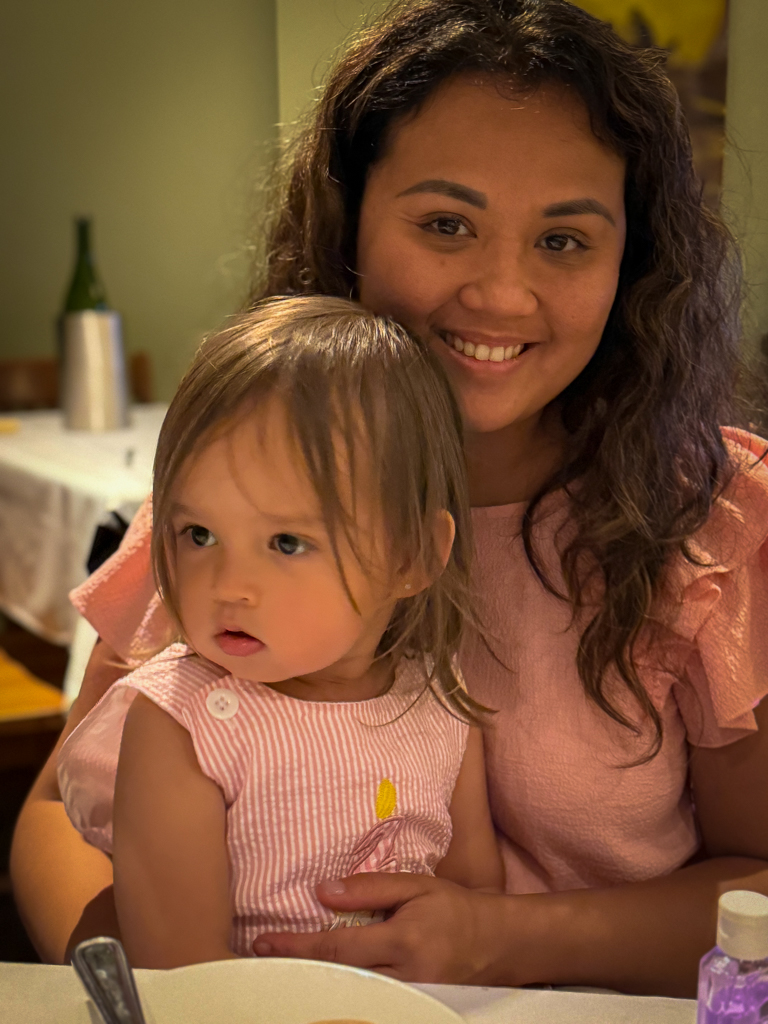
Indie’s 2nd Birthday party at the Volcano House Restaurant
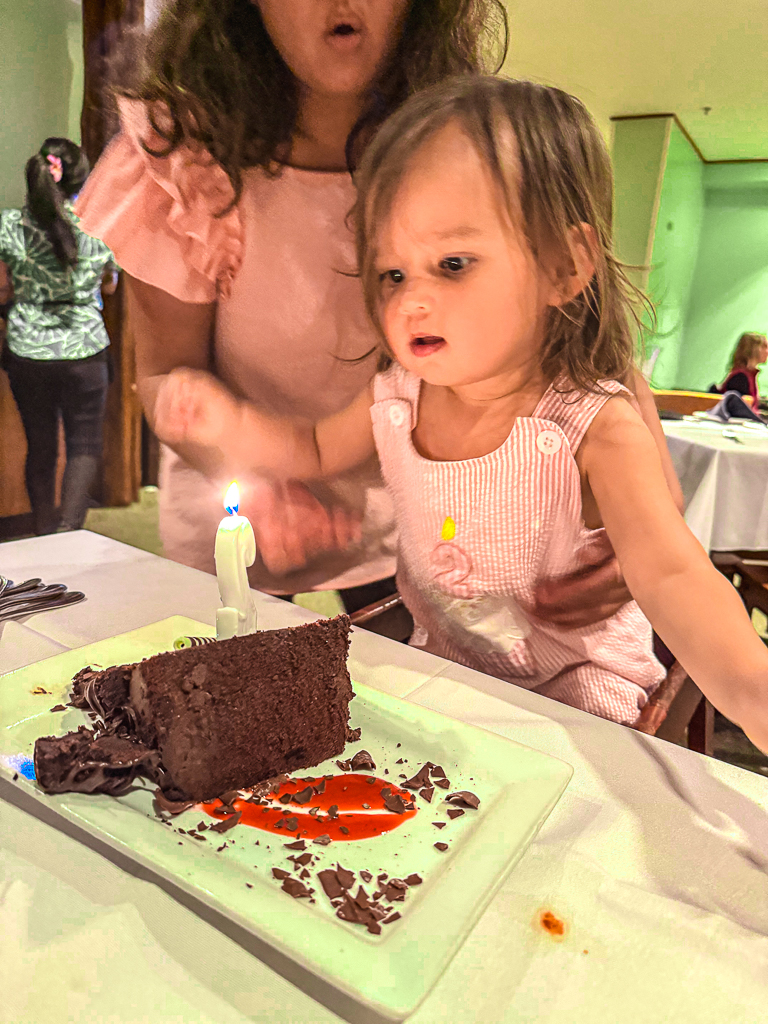
Indie’s 2nd Birthday party at the Volcano House Restaurant
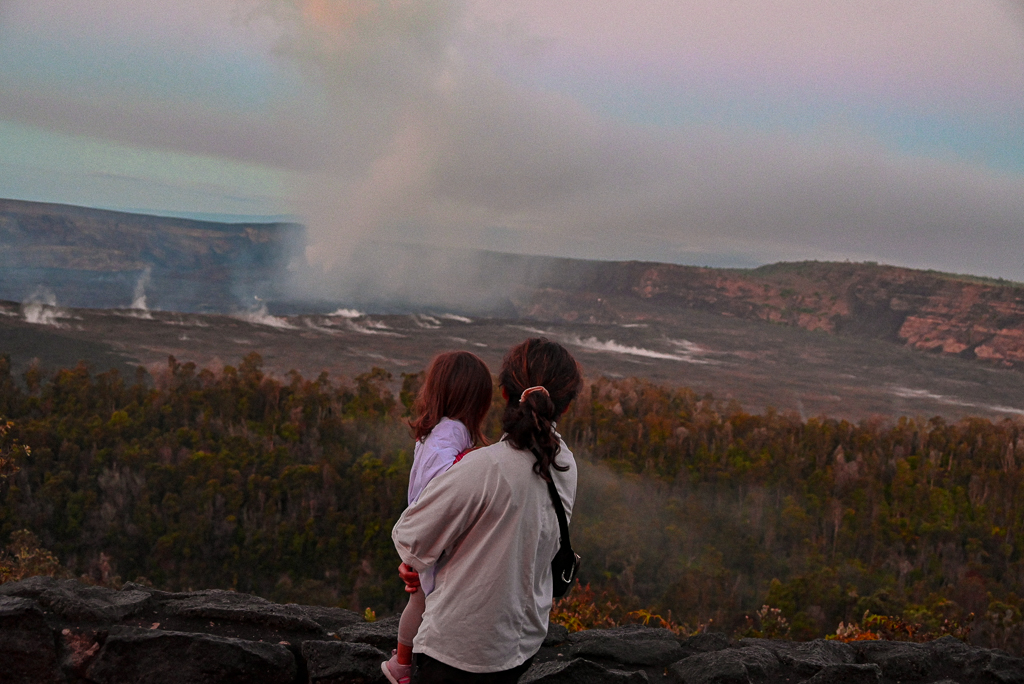
Kīlauea Crater
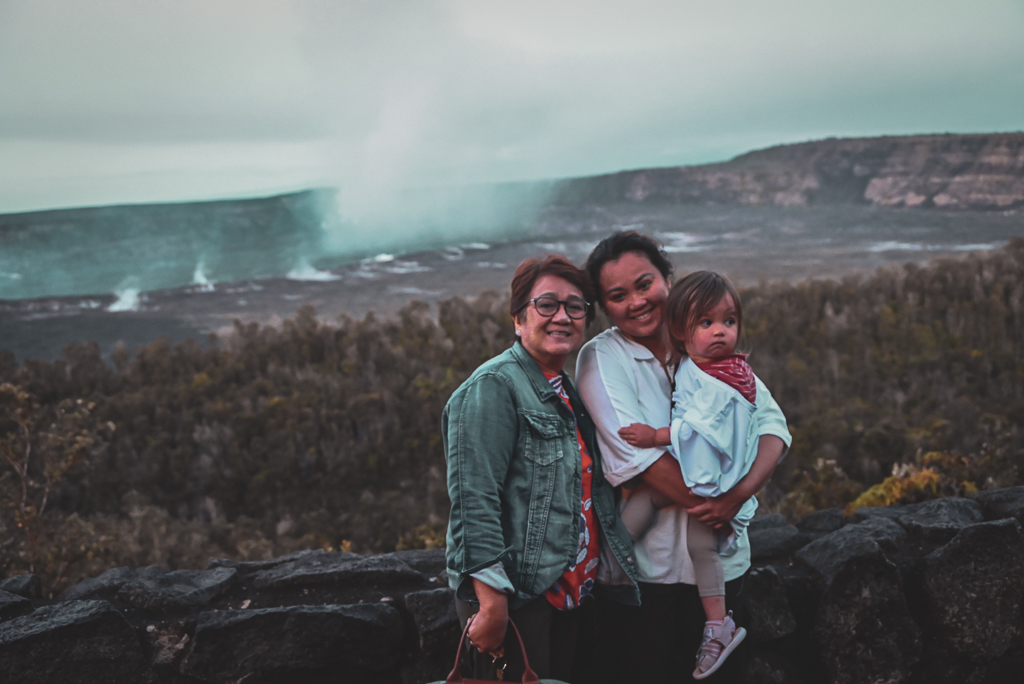
Kīlauea Crater, Paula, Indie and Tita Fe
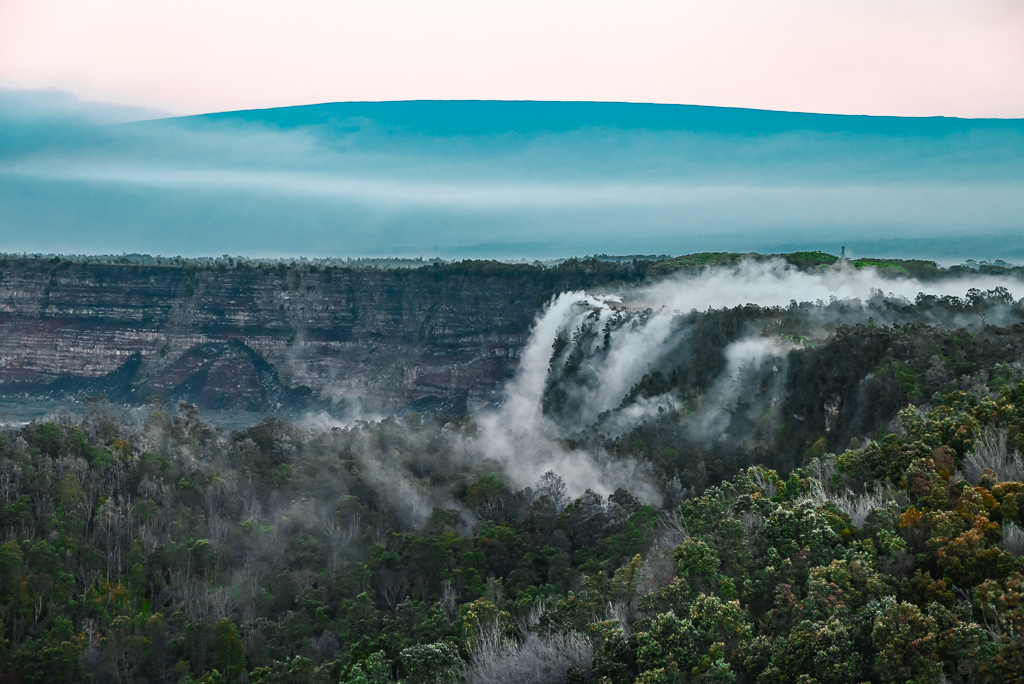
Kīlauea Crater-morning cloudfall over the crater edge
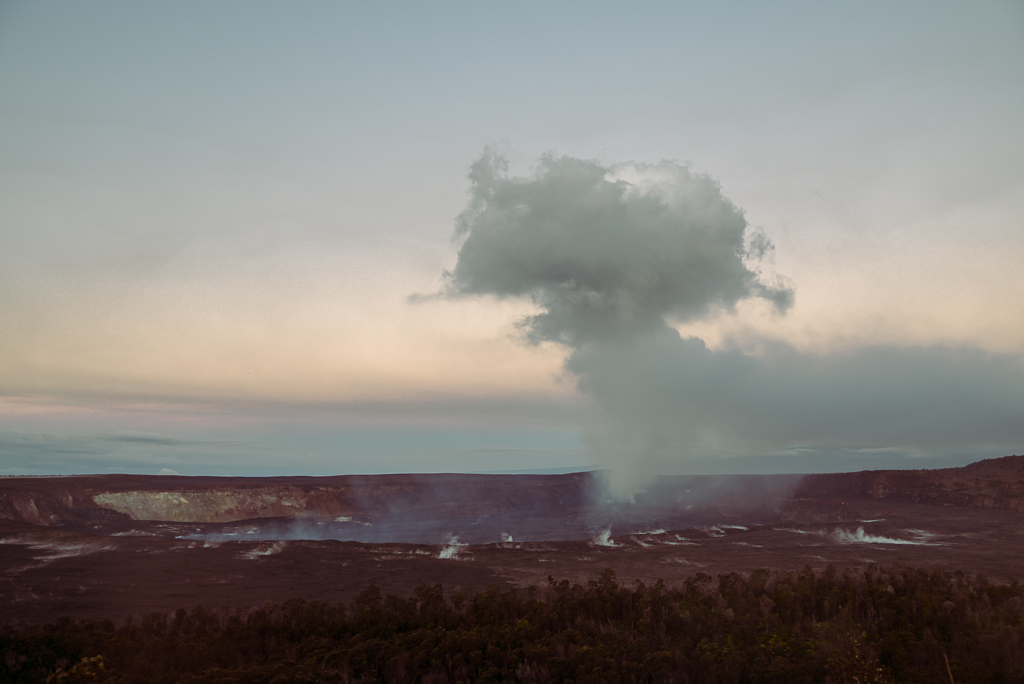
Kīlauea Crater
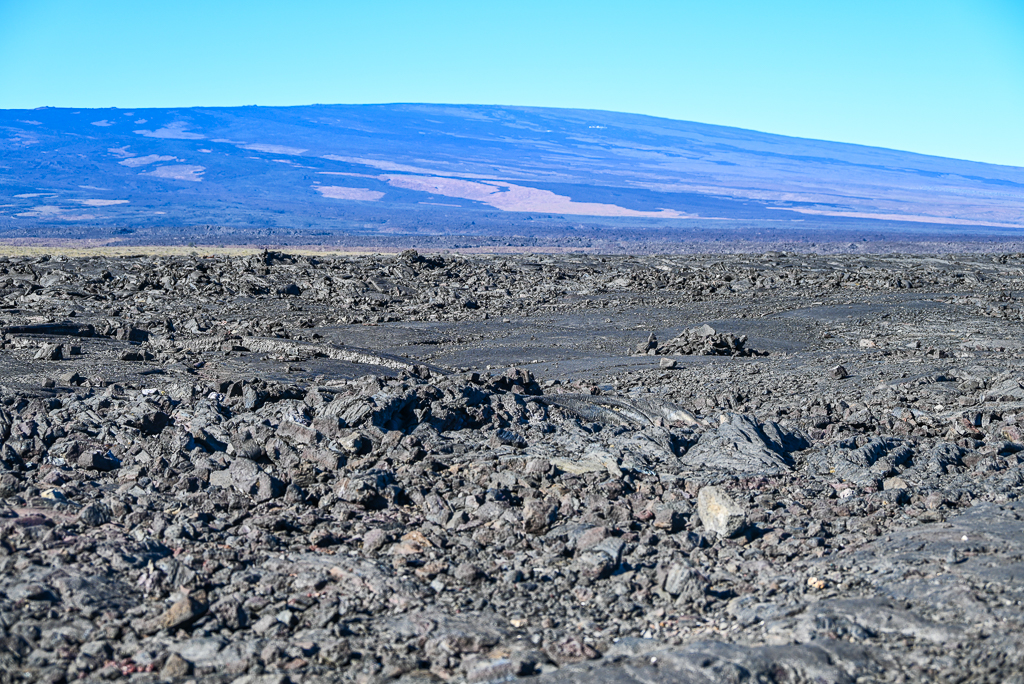
Mauna Loa
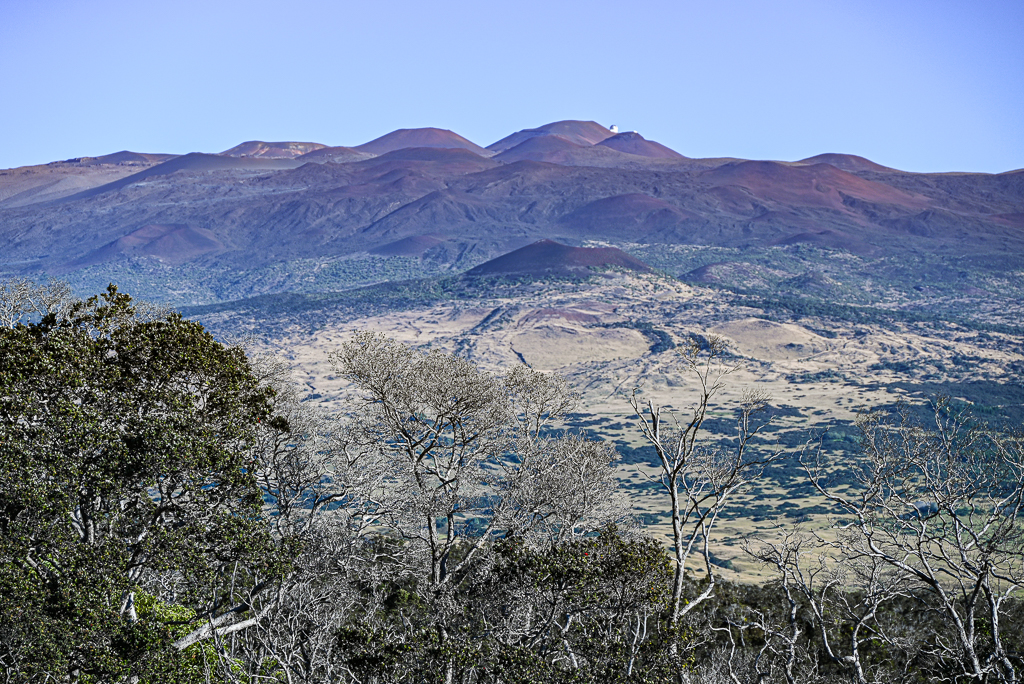
Mauna Kea
The Journey Home
Saying Goodbye
Sadly, our trip came to an end. We dropped off the titas, who continued on to Honolulu for the next leg of their adventure, while Paula, Indie, and I prepared for the journey back home.
Indie’s First “Big Kid” Flight
This return flight was a milestone for Indie. At just two years old, she was no longer a lap baby — this was her first paid seat on a plane. For six hours back to San Diego, she sat proudly in her own spot, a small but meaningful step in her young life as a traveler.
Reflections on the Big Island
As the plane lifted off, I thought about how much Hawaii had surprised me. I had once dismissed it as a resort destination, but on this trip I found wild beaches, sacred valleys, rainforests, lava tubes, and the living presence of mighty volcanoes. Most importantly, I found memories with family that will stay with me forever — especially celebrating Indie’s birthday on the edge of the Kīlauea volcano.

